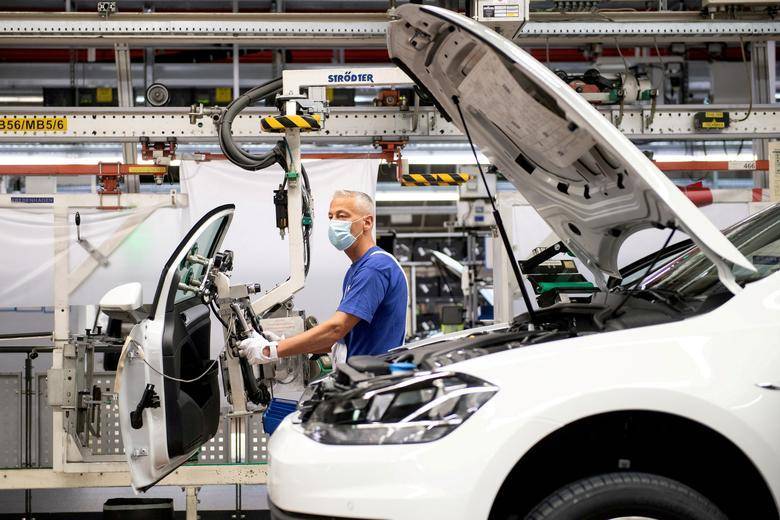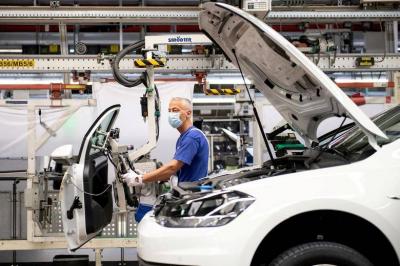U.S. factory production contracted for the seventh consecutive month in May as new orders continued to decline amid rising interest rates, though factories boosted employment to its highest level in nine months. The Institute for Supply Management reported on Thursday that the manufacturing Purchasing Managers' Index fell to 46.9 in May from 47.1 in April. This marks the seventh month in a row the index has remained below the 50-point threshold, indicating a contraction in manufacturing, the longest stretch of its kind since the Great Recession.
The ongoing weak readings of the Purchasing Managers' Index support analysts' expectations that the economy will slip into recession this year. However, there have been periods, such as the mid-1990s as well as the mid and late 1980s, when the Purchasing Managers' Index readings stayed below 50 for long stretches without accompanying recessions. Economists surveyed by Reuters had forecast the index to drop to 47 in May.
Manufacturing, which accounts for 11.3 percent of the economy, is under pressure from the Federal Reserve raising interest rates by 500 basis points since March 2022, when the U.S. central bank began its fastest tightening campaign since the 1980s to tame inflation. Banks have also tightened lending standards following recent turmoil in the banking sector, while spending has shifted towards services rather than goods typically bought on credit.
The sub-index for new orders in the survey dropped to 42.6 in May from 45.7 in April. The battle against inflation has moved to services, where prices remain high. The manufacturing employment index increased to 51.4 from 50.2 in April, indicating job growth in the manufacturing sector in May after recovering in April.




